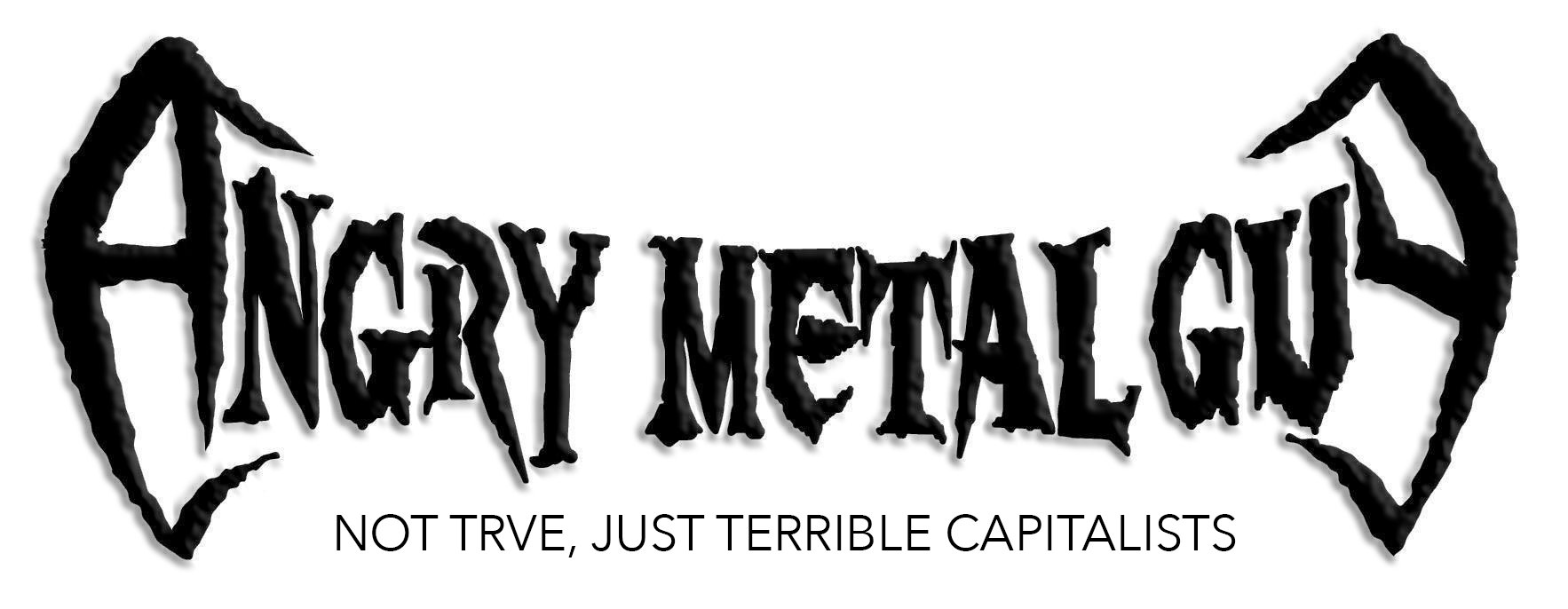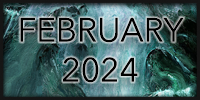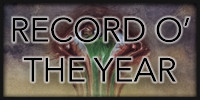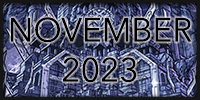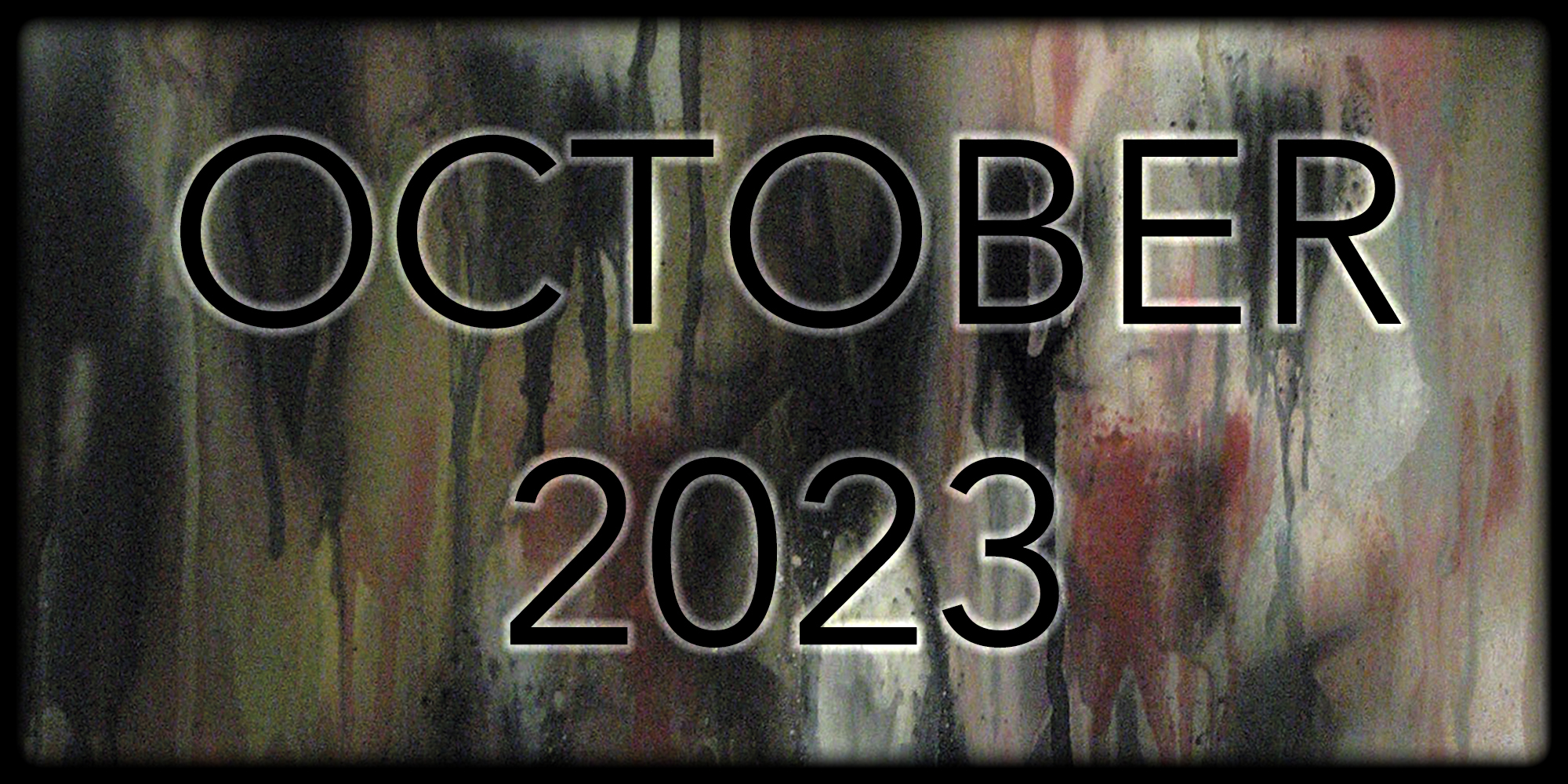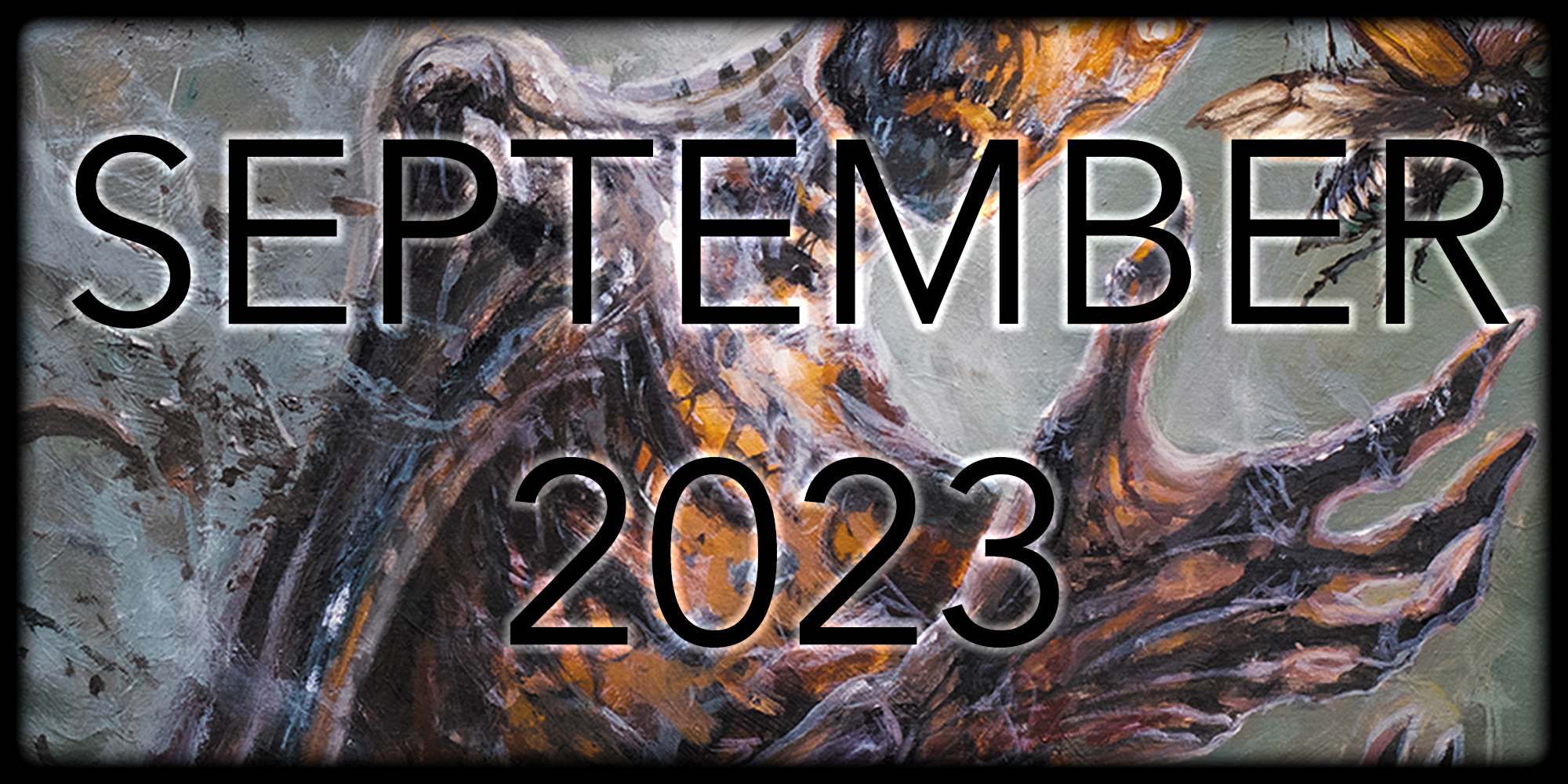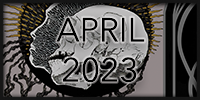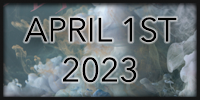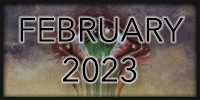Steven Wilson // The Raven that Refused to Sing (and Other Stories)
Rating: 4.0/5.0 — Everything’s Motherfucking Mind-blowing at Angry Metal Guy!
Label: Kscope
Websites: facebook.com/stevenwilsonhq | stevenwilsonhq.com
Release Dates: EU: 2013.02.25 | US: 02.26.2013
 Steven Wilson coming up with a new album in 2013; it’s pretty much a progressive affair. As simple as that. There is nothing here that manages to stretch itself out of the canons of such a well-defined genre. On the contrary, the music on The Raven that Refused to Sing (and Other Stories) revolves around what has made prog rock what it is today: complex dynamics, a wide range of styles harmoniously compressed to form a variegated compound and digressions; lots of them. The grim and shadowy elements that have marked Wilson’s latest releases are still present both in the lyrics and in the music in ways that almost go beyond their usual duty as mere accessories. There are an overarching, disturbing feeling haunting the album from the very first spin. Its melancholic presence can be felt in the diluted beauty a track like “Drive Home” is gently built on; or in the moving lyrics depicting the sense of loss and deprivation on the title-track that closes the album. The heritage of Wilson’s recent collaboration with Opeth’s Mikael Åkerfeldt? Possibly.
Steven Wilson coming up with a new album in 2013; it’s pretty much a progressive affair. As simple as that. There is nothing here that manages to stretch itself out of the canons of such a well-defined genre. On the contrary, the music on The Raven that Refused to Sing (and Other Stories) revolves around what has made prog rock what it is today: complex dynamics, a wide range of styles harmoniously compressed to form a variegated compound and digressions; lots of them. The grim and shadowy elements that have marked Wilson’s latest releases are still present both in the lyrics and in the music in ways that almost go beyond their usual duty as mere accessories. There are an overarching, disturbing feeling haunting the album from the very first spin. Its melancholic presence can be felt in the diluted beauty a track like “Drive Home” is gently built on; or in the moving lyrics depicting the sense of loss and deprivation on the title-track that closes the album. The heritage of Wilson’s recent collaboration with Opeth’s Mikael Åkerfeldt? Possibly.
But what makes The Raven that Refused to Sing (and Other Stories) an outstanding album is undoubtedly still the music. A cryptic, yet accessible, sonic effort sounding like a clever compendium of influences filtered through the talent of one of the greatest rock composers around, rather than yet another record aping Larks’ Tongues in Aspic. The odd-time signatures on “The Holy Drinker,” the whirlwind shaping “Luminol” and the elegant simplicity of “The Raven that Refused to Sing” all work to make this record a gem in its own right. Alan Parsons, one whose hands pushed all the right buttons on Abbey Road, Atom Heart Mother and Dark Side of the Moon before founding the legendary Alan Parsons Project, engineers the album, and it can be heard in the mighty sound the record has when the band indulges in slow, sensual intricacies. Like in, for instance, “Luminol”, when the geometric fury implodes leaving a Keith Jarrett-sounding ambience reverberating in all its glory.
It goes without saying; pure talent wouldn’t do much without the assistance of an equally great line-up. Guthrie Govan, Nick Beggs, Marco Minnemann, Theo Travis and Adam Holzman may not mean too much to some of you, but if names like Asia, The Aristocrats, Gong, Necrophagist (yeah!) and Miles Davis ring a bell, then one gets an idea of the level of competence involved here.
 Admittedly, coming out with a follow-up for Grace for Drowning must have not been an easy task. The grandiose, poetic effort behind that album showed a composer somehow compromising between the sparse, ethereal order of his earlier works with Bass Communion and his main artistic outlet: Porcupine Tree. The dramatic shifts that not only embellished but actually shaped Grace for Drowning are taken to an extreme in The Raven that Refused to Sing (and Other Stories). The emphasis with which “Luminol” opens the album is a promise that Wilson keeps even when he finds himself quoting Philip Glass’s “Solo Piano” half way through “The Watchmaker.” That promise is also kept when the keyboards provide the perfect texture to the tragic and disenchanted relationship the lyrics carefully describe.
Admittedly, coming out with a follow-up for Grace for Drowning must have not been an easy task. The grandiose, poetic effort behind that album showed a composer somehow compromising between the sparse, ethereal order of his earlier works with Bass Communion and his main artistic outlet: Porcupine Tree. The dramatic shifts that not only embellished but actually shaped Grace for Drowning are taken to an extreme in The Raven that Refused to Sing (and Other Stories). The emphasis with which “Luminol” opens the album is a promise that Wilson keeps even when he finds himself quoting Philip Glass’s “Solo Piano” half way through “The Watchmaker.” That promise is also kept when the keyboards provide the perfect texture to the tragic and disenchanted relationship the lyrics carefully describe.
The occasional references to the godfathers of the genre are always there but they all sound natural. Each has its place, similar in tone Steven Wilson used when we asked him how he managed to borrow King Crimson’s mellotron: “I asked Robert Fripp for it.” [You know, like one does! – AMG] Everything flows and it does so in such a way that the double pedal and the saxophone on the jazz-y “The Holy Drinker” seem perfectly in context. The overarching spirit we mentioned above returns in all its dark allure on the closing track with a down-tempo that sounds like a long pagan prayer. The video accompanying it, based on Hajo Mueller’s album artwork, provides the perfect graphic juxtaposition to it, and to the album overall.
The Raven that Refused to Sing (and Other Stories) is painful, moving, desperate, melancholic and superbly beautiful.
